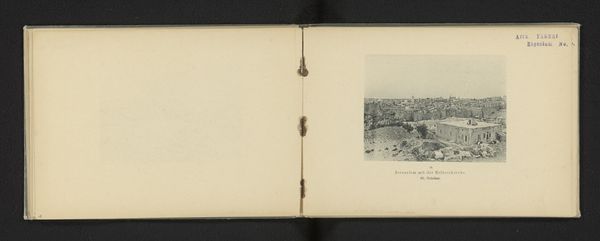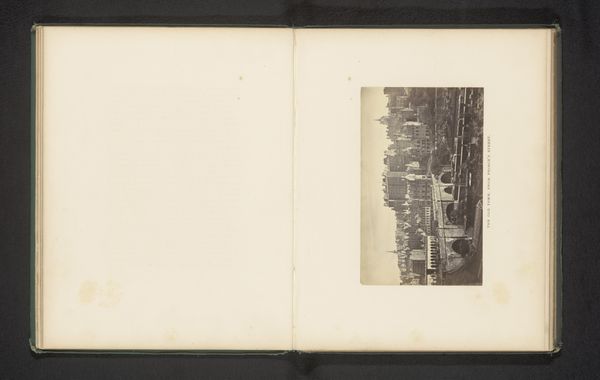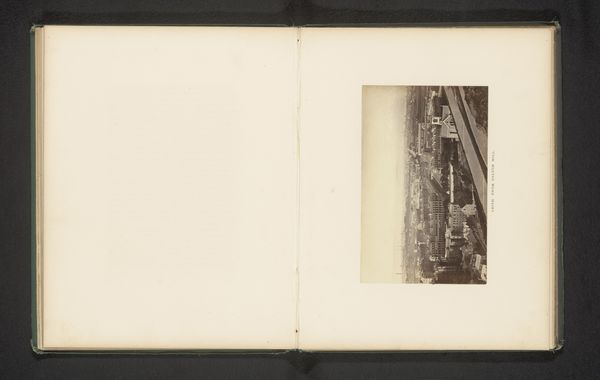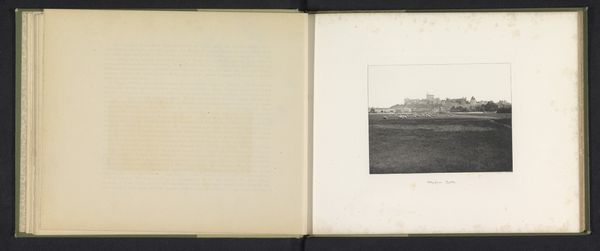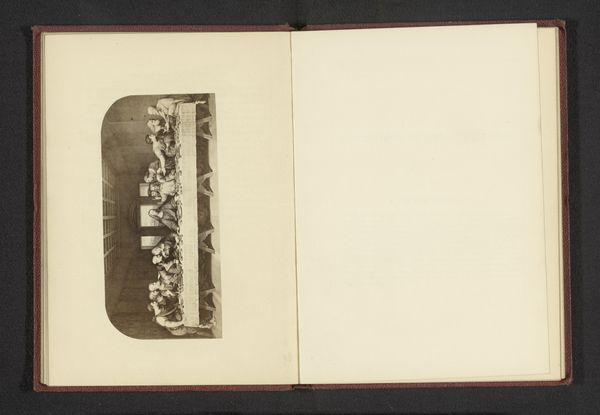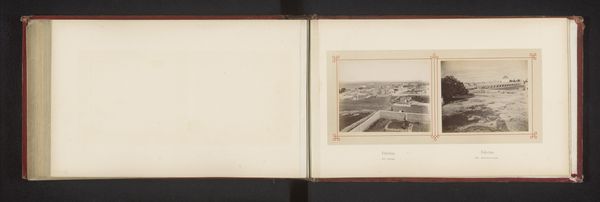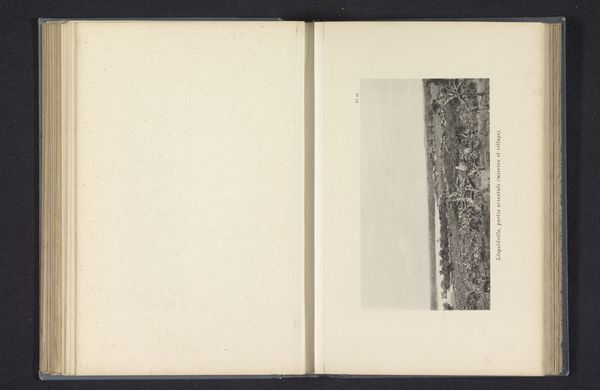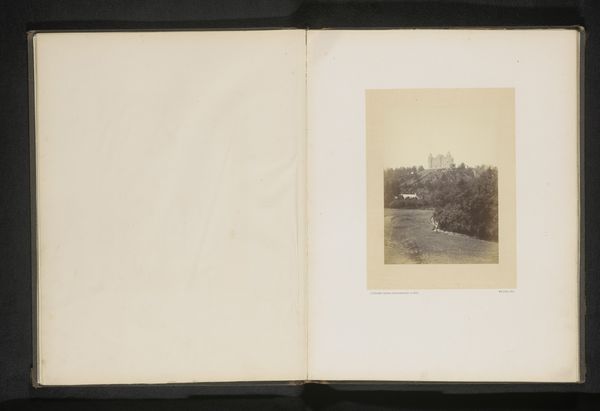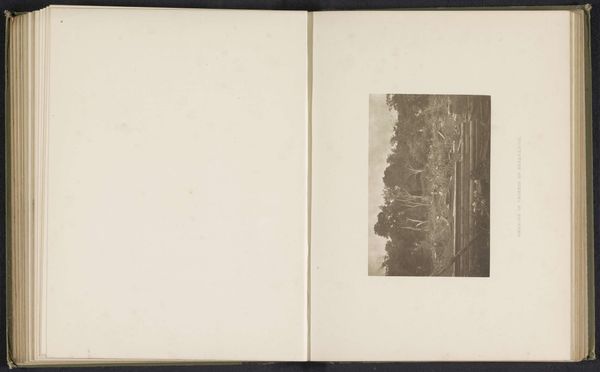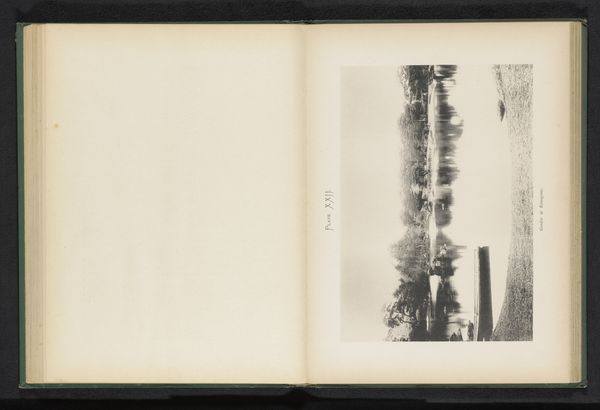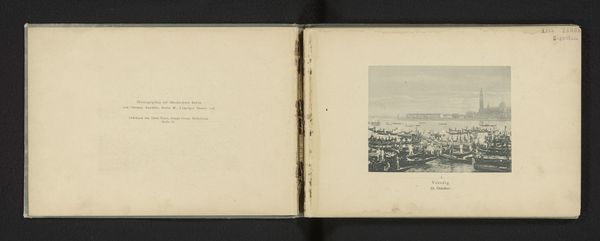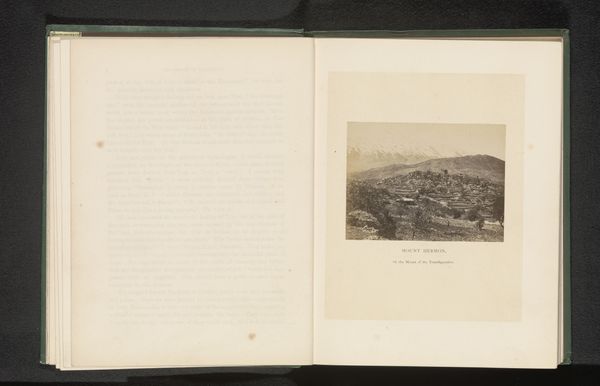
print, photography, albumen-print
#
16_19th-century
# print
#
landscape
#
photography
#
orientalism
#
cityscape
#
albumen-print
Dimensions: height 79 mm, width 102 mm
Copyright: Rijks Museum: Open Domain
Editor: Here we have Francis Bedford's photograph "Bethlehem. From the roof of the Church of the Nativity," dating to before 1865. It’s an albumen print from a larger book, and the tones feel so muted, almost sepia-like. There is something very distant and isolated about the scene, almost like viewing a relic. How do you interpret this work? Curator: The image operates as more than just a depiction; it's a container of cultural memory. Notice the elevated perspective, almost detached. How does this viewpoint influence your perception of Bethlehem? Editor: It feels less immediate, more like a removed observation, like peering into the past rather than being present in the place. Curator: Precisely! Bedford, working in the era of Orientalism, uses visual language laden with symbolic weight. The "Holy Land" was imbued with profound religious and historical significance for Western audiences. This photograph participated in constructing and reinforcing those pre-existing notions. The texture, achieved through the albumen process, isn’t just aesthetic; it lends an air of antiquity and authenticity, suggesting a timeless essence. What symbols do you see repeated in depictions of the Orient? Editor: Light and shadow, maybe… a sense of ancient, crumbling structures, all rendered in a kind of faded glory. Curator: Indeed. And the way the buildings seem to cluster together, evoking a sense of impenetrable mystery for those who didn't comprehend this landscape and the cultural narratives within. Does it reinforce or challenge your understanding of the place and its history? Editor: It does highlight how perceptions can be shaped by photographic style and cultural context. I had not considered the role of photography in constructing these narratives. Curator: These images often served as potent cultural artifacts, loaded with symbolism that shaped understandings and perceptions for generations. Considering this, we've unearthed another layer of history.
Comments
No comments
Be the first to comment and join the conversation on the ultimate creative platform.
